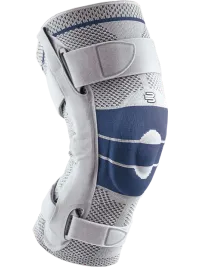
Knee
OrthoSouth offers a wide range of comprehensive knee care – from conservative treatment for knee pain to minimally invasive knee procedures, through total knee replacement.
Knee
OrthoSouth offers a wide range of comprehensive knee care - from conservative treatment for knee pain to minimally invasive knee procedures, through total knee replacement. Our knee specialists utilize a wide range of the latest techniques and technology to offer personalized care specific to your individual situation.
Some of these techniques include:
- CORI Robotic-Assisted Outpatient Knee Replacement Surgery
- Unicompartmental (Partial) Knee Replacement (minimally invasive knee replacement)
- MAKO Robotic Arm Assisted Knee Replacement
- Quad Sparing Knee Replacement (also called minimally invasive total knee replacement)
- Cementless Knee Replacement
- Same Day Outpatient Knee Replacement
The following experienced and skilled OrthoSouth® knee specialists are available to diagnose and treat your knee pain:
To view additional board-certified physicians who are qualified to handle a range of knee issues, visit our provider page.
Common Knee Conditions
The knee consists of tendons, ligaments, cartilage, and bone, and an injury to any part can impact the others. At OrthoSouth, our skilled knee specialists provide a comprehensive array of patient-centered treatment options tailored to your unique needs. Whether you require conservative treatments for knee pain or a total knee replacement, we are dedicated to helping you return to what matters most to you.
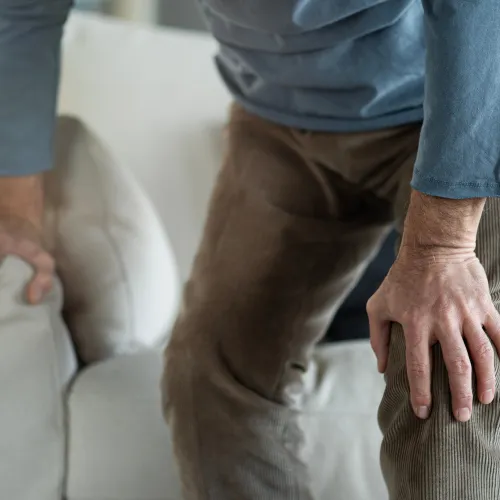
Knee Arthritis
Knee Arthritis
Pain, stiffness and swelling in the knee not associated with injury
Knee Arthritis
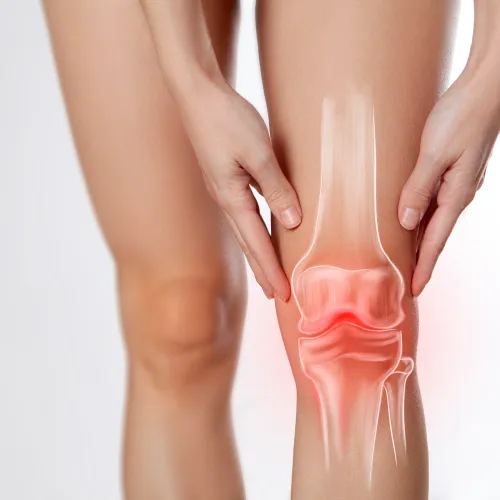
Meniscus Tears
Meniscus Tears
Tears to the cartilage in the knee that sits between the femur and the tibia
Meniscus Tears
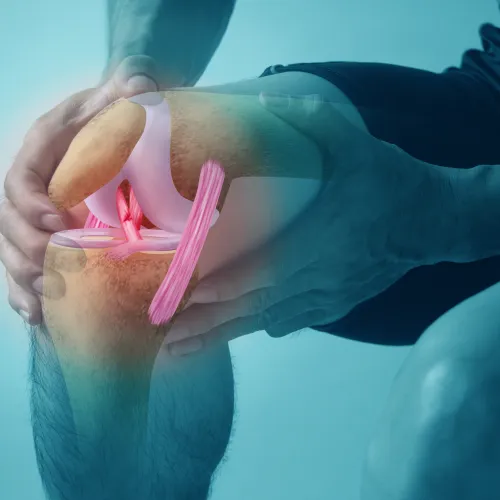
ACL Injuries
ACL Injuries
Injuries to the ligament inside the knee that prevent the lower leg from sliding forward
ACL Injuries
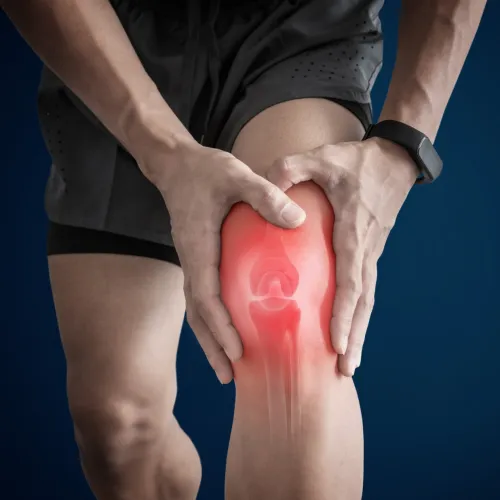
Other Injuries & Conditions
Other Injuries & Conditions
Other common knee injuries including subluxation, dislocation and tendonitis
Additional Knee Conditions
When to See a Doctor
If you injured your knee forcefully, or experience any of the following along with knee pain, make an appointment to see your physician:
-
Swelling or Redness
-
Pain or Tenderness with warmth around the joint
-
Significant and regular knee pain
-
Fever
When to Seek Immediate Care
Go straight to urgent care or the emergency room if you experience any of the following:
-
Your knee appears deformed or kneecap feels out of place
-
You hear a popping noise at the time of your injury
-
You are unable to bear weight on the injured knee
-
You experience intense pain
-
You have sudden swelling
